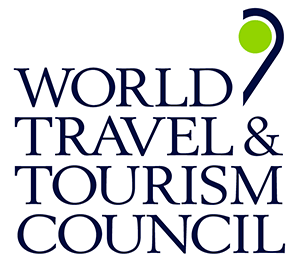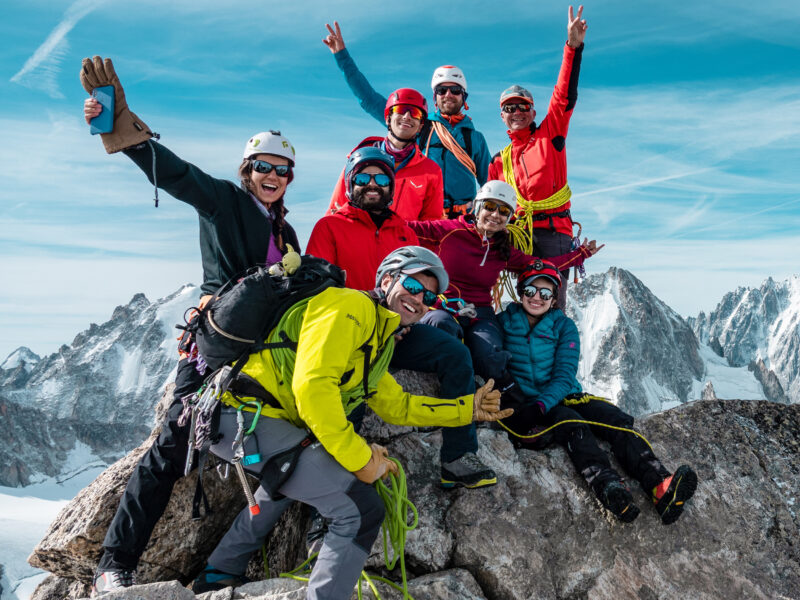BY Rami Rasamny | June 27 2024
Aconcagua vs. Kilimanjaro: A Tale of Two Peaks
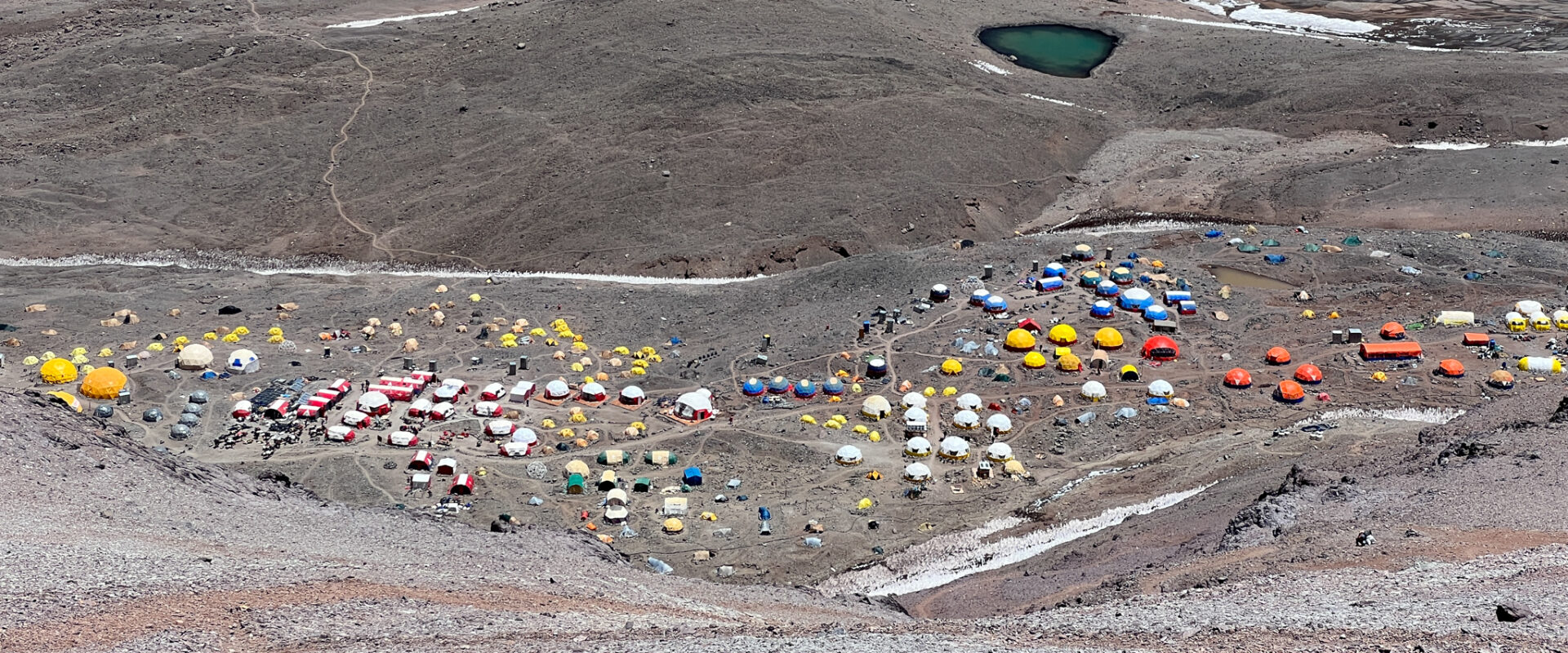
Aconcagua vs Kilimanjaro
Mountaineering enthusiasts often find themselves drawn to the allure of conquering towering summits, each offering its own unique set of challenges and rewards. Among the most iconic peaks in the world, Aconcagua in South America and Kilimanjaro in Africa stand as testaments to the indomitable spirit of adventure. While both peaks beckon adventurers with promises of breathtaking views and unforgettable experiences, they present vastly different landscapes and challenges, each requiring its own preparation and approach.
Aconcagua: The King of the Andes
Rising majestically in the heart of the Andes mountain range, Aconcagua commands respect as the highest peak in both the Southern and Western Hemispheres. Standing at a staggering elevation of 6,960.8 meters (22,837 ft) above sea level, Aconcagua is a formidable challenge for even the most seasoned mountaineers. Its rugged terrain, extreme weather conditions, and high altitude demand unwavering determination, physical endurance, and mental fortitude from those who dare to attempt its summit.

Aconcagua’s ascent typically involves a multi-day trek through the pristine wilderness of the Andes, navigating steep slopes, rocky terrain, and crevassed glaciers. Climbers must contend with altitude sickness, frigid temperatures, and unpredictable weather patterns, making acclimatization and proper gear essential for success. With a far higher failure rate than many other renowned peaks, summiting Aconcagua represents a pinnacle achievement in the world of mountaineering, a testament to the resilience and tenacity of those who dare to dream of reaching its lofty summit.
Kilimanjaro: The Roof of Africa
In stark contrast to the rugged wilderness of the Andes, Mount Kilimanjaro rises majestically above the East African plains, its snow-capped peaks towering over the surrounding savannah. As the highest peak in Africa, Kilimanjaro stands at 5,895 meters (19,341 ft) above sea level, offering adventurers a unique opportunity to trek through a variety of ecosystems, from lush rainforests to alpine deserts, on their journey to the summit.
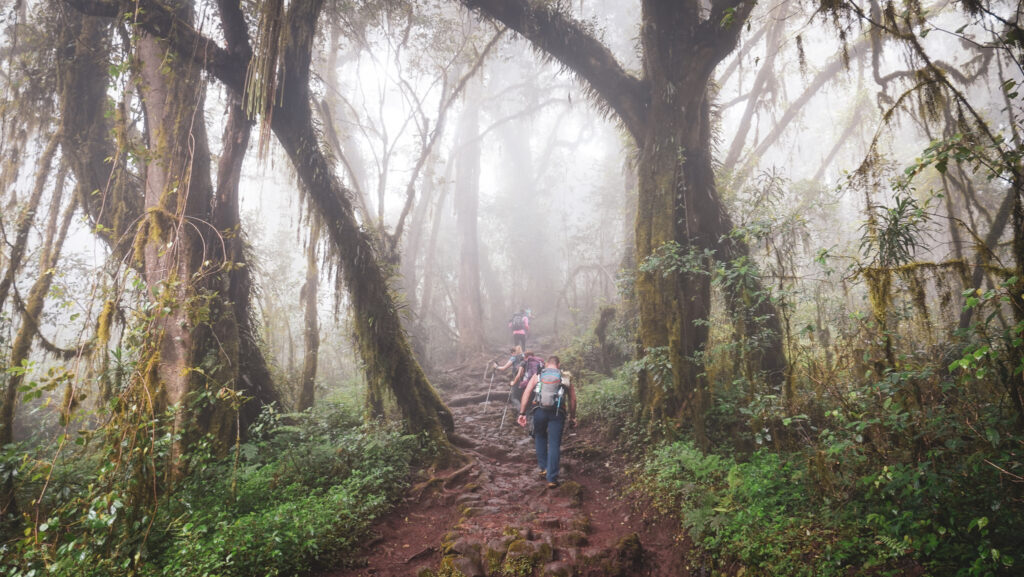
While Kilimanjaro’s elevation may be lower than that of Aconcagua, its ascent presents its own set of challenges, including altitude sickness, variable weather conditions, and steep, rocky trails. Trekkers must acclimatize carefully as they ascend, allowing their bodies to adjust to the decreasing oxygen levels at higher altitudes. Despite its lower elevation compared to Aconcagua, summiting Kilimanjaro remains a formidable achievement, requiring physical fitness, mental resilience, and a sense of adventure.
Comparing the Peaks:
Conceptually, Aconcagua represents a far greater challenge than Kilimanjaro across every metric. With its towering elevation, rugged terrain, and extreme weather conditions, Aconcagua demands a level of physical and mental preparedness that exceeds that required for Kilimanjaro. Climbers tackling Aconcagua must be prepared to navigate crevassed glaciers, endure freezing temperatures, and contend with the effects of high altitude, including altitude sickness and reduced oxygen levels.
Moreover, Aconcagua boasts a significantly higher failure rate than Kilimanjaro, with many climbers unable to reach the summit due to its demanding conditions. Summiting Aconcagua requires meticulous planning, thorough preparation, and a high level of fitness and endurance. Climbers must be prepared to face the challenges of the mountain with determination and resilience, knowing that success is never guaranteed.
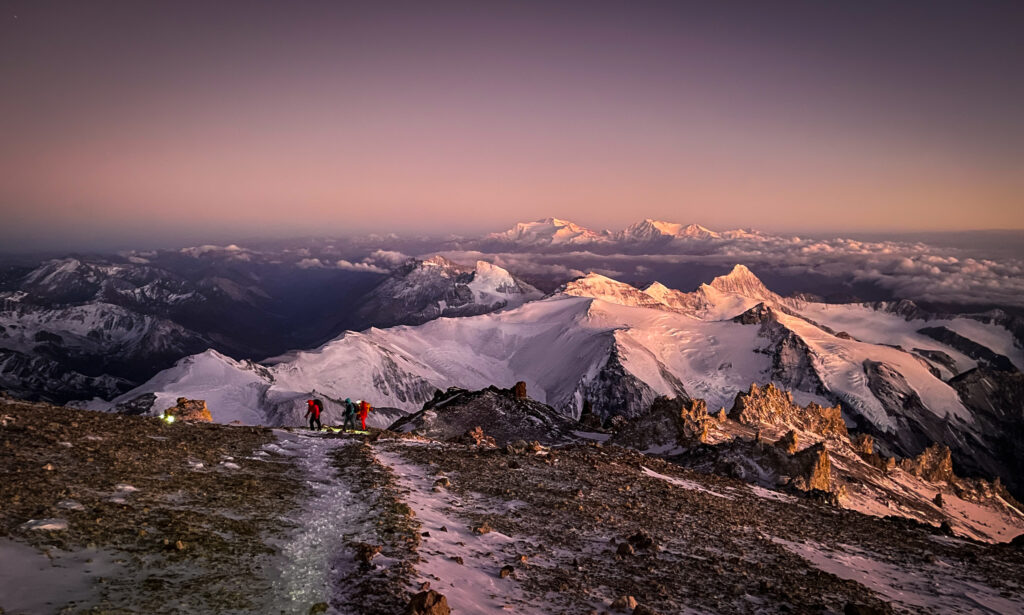
In contrast, Kilimanjaro offers a more accessible trekking experience, with well-established routes, comfortable accommodations, and a lower risk of altitude-related illnesses. While summiting Kilimanjaro is still a significant achievement that requires physical fitness and mental determination, it is generally considered to be within reach of most moderately fit individuals with proper preparation and acclimatization.
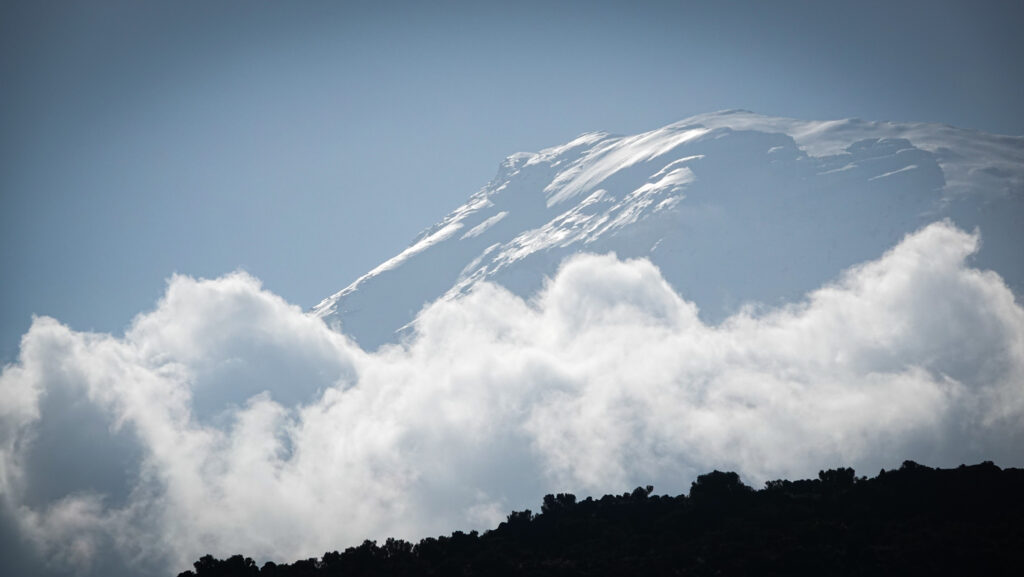
Conclusion:
In conclusion, while both Aconcagua and Kilimanjaro offer unparalleled adventures, they present vastly different challenges and experiences. Aconcagua emerges as the superior challenge, with its towering elevation, rugged terrain, and extreme weather conditions posing formidable obstacles for even the most seasoned mountaineers. With a far higher failure rate than Kilimanjaro, summiting Aconcagua requires not only physical endurance but also mental fortitude and meticulous preparation. The journey to the summit of Aconcagua demands unwavering determination, resilience, and a deep appreciation for the raw beauty and untamed wilderness of the Andes. For those seeking the ultimate test of their mountaineering skills and spirit of adventure, Aconcagua promises an unforgettable and transformative experience unlike any other.
About The Author
Rami Rasamny is the founder of Life Happens Outdoors, a premium adventure travel community dedicated to transforming lives through curated outdoor experiences. A mountaineer and entrepreneur, Rami has led teams on some of the world’s most challenging peaks, from the Alps to the Himalayas. His mission is to make adventure accessible, transformative, and safe for all who seek to push their limits and Come Back Different.
About Life Happens Outdoors
At Life Happens Outdoors, we believe in the power of nature to transform lives. As proud members of the Adventure Travel Trade Association (ATTA) and the World Travel & Tourism Council (WTTC), our team of certified guides and outdoor professionals is committed to the highest standards of safety, sustainability, and excellence.
Discover more about our story and mission on our Meet LHO page, or explore our curated adventures such as the Tour du Mont Blanc Trek, the Climb of Kilimanjaro, and Chasing the Northern Lights.











